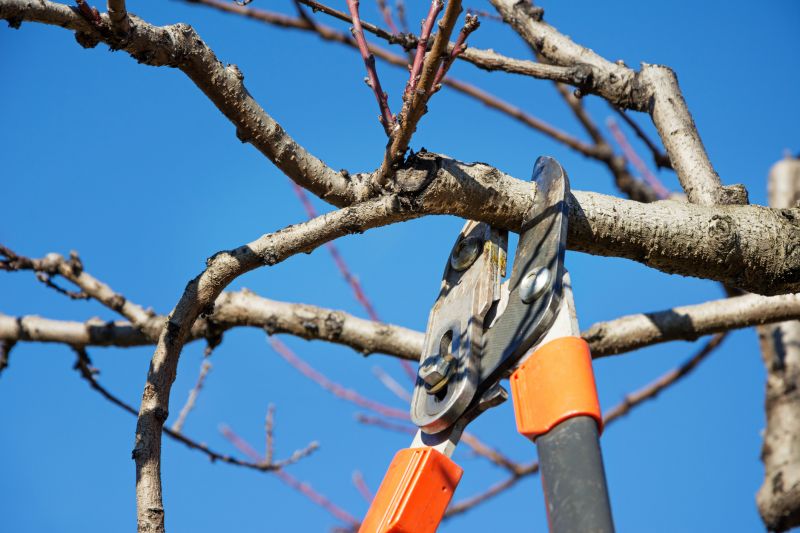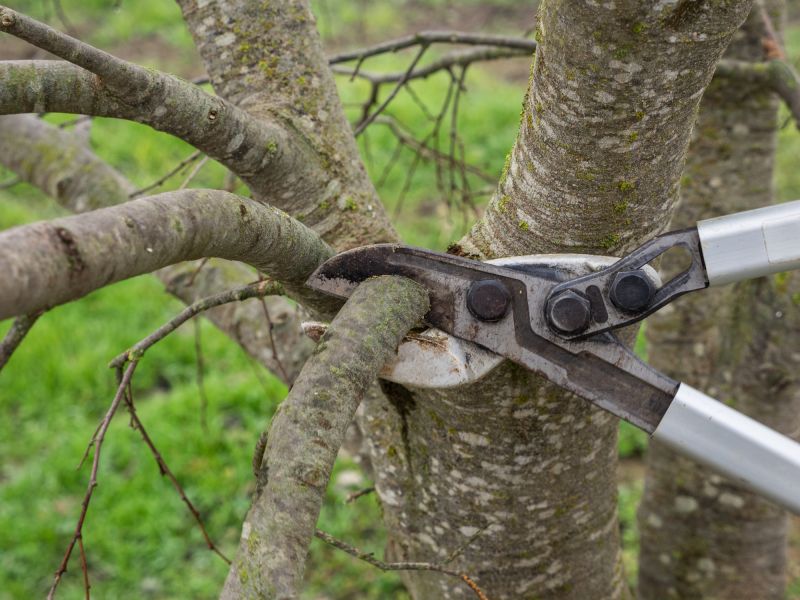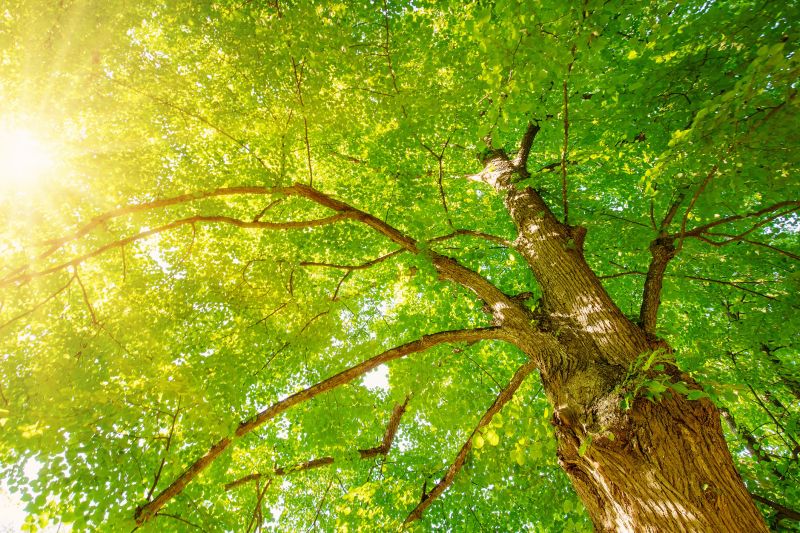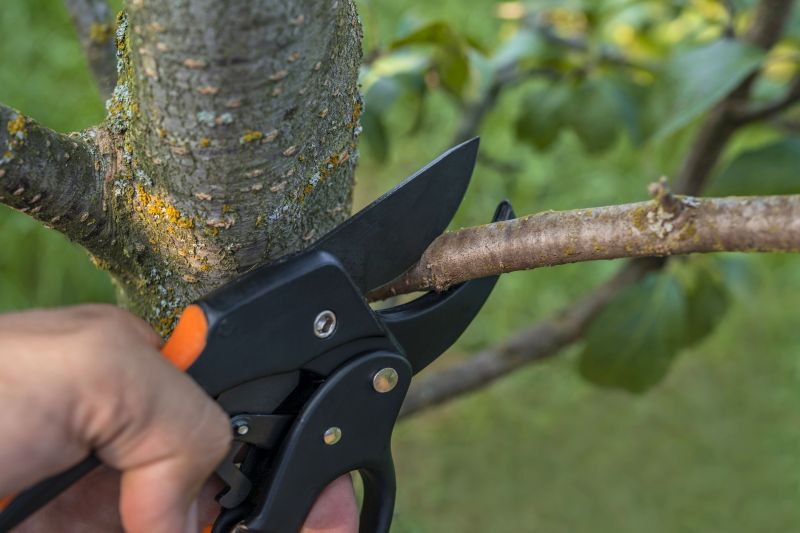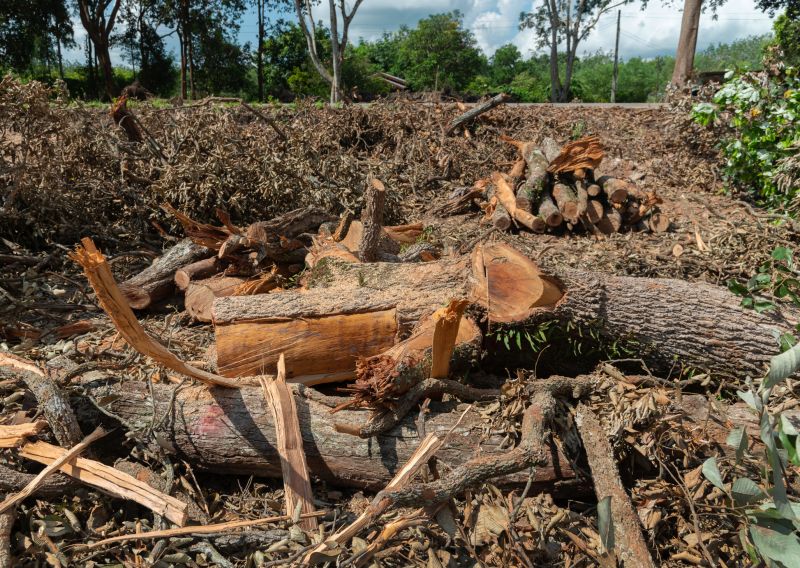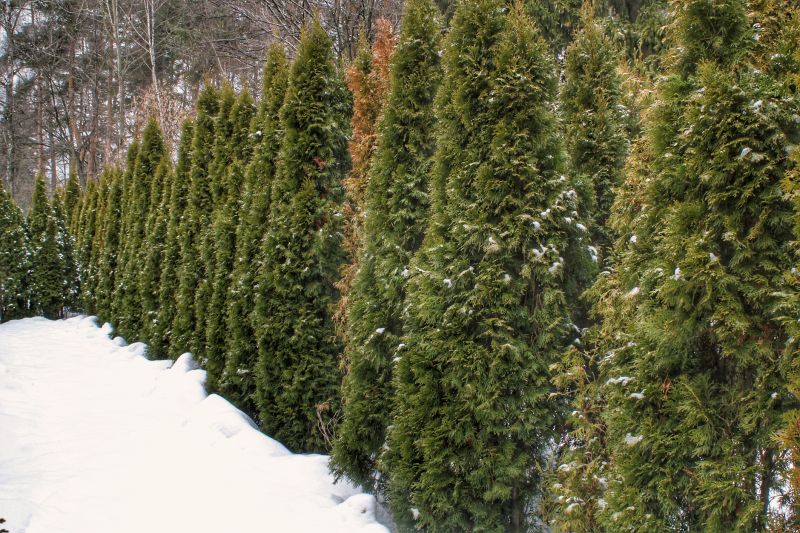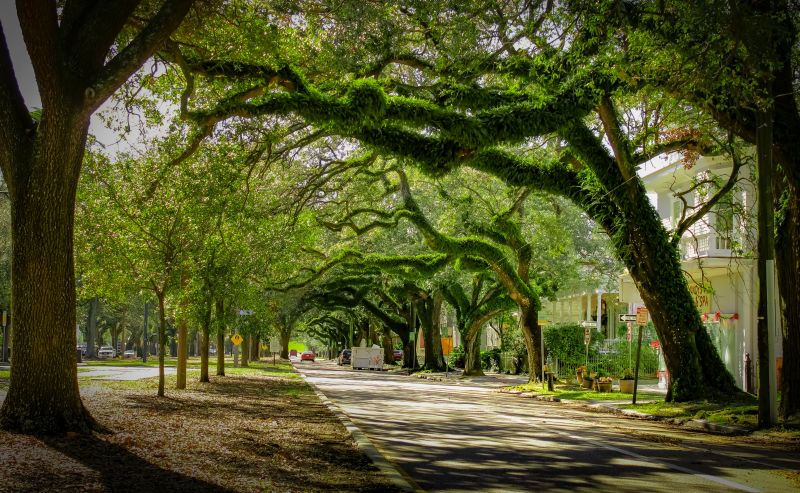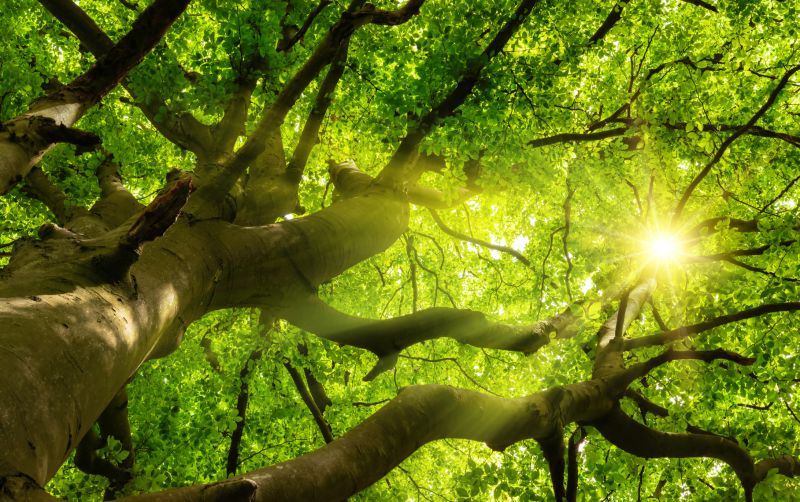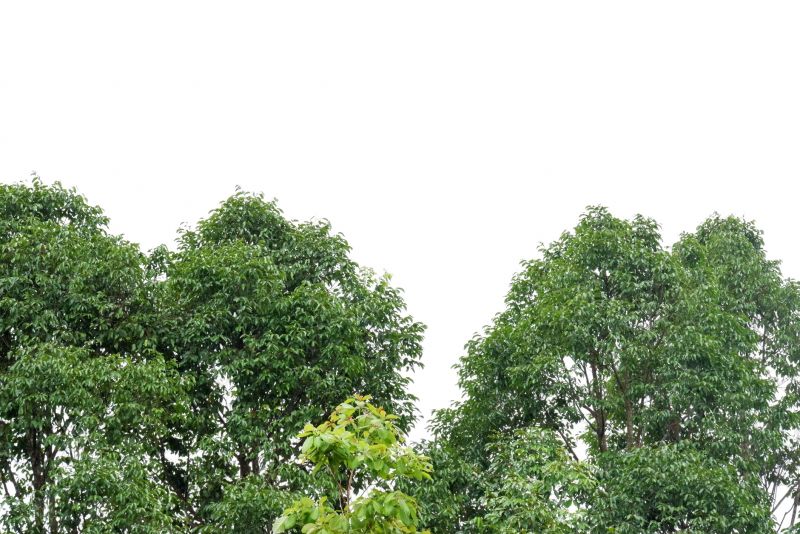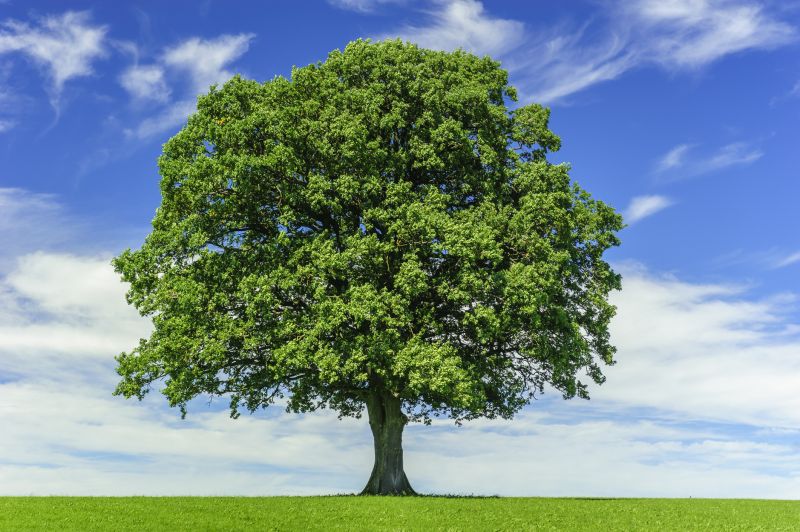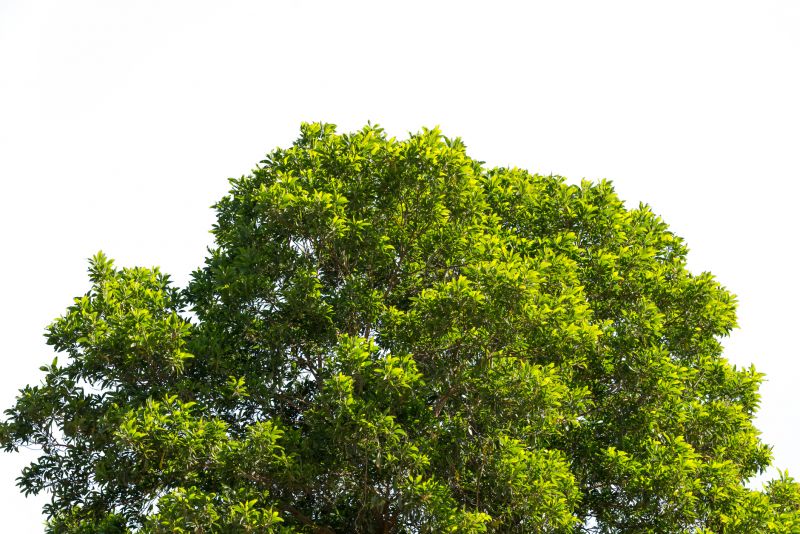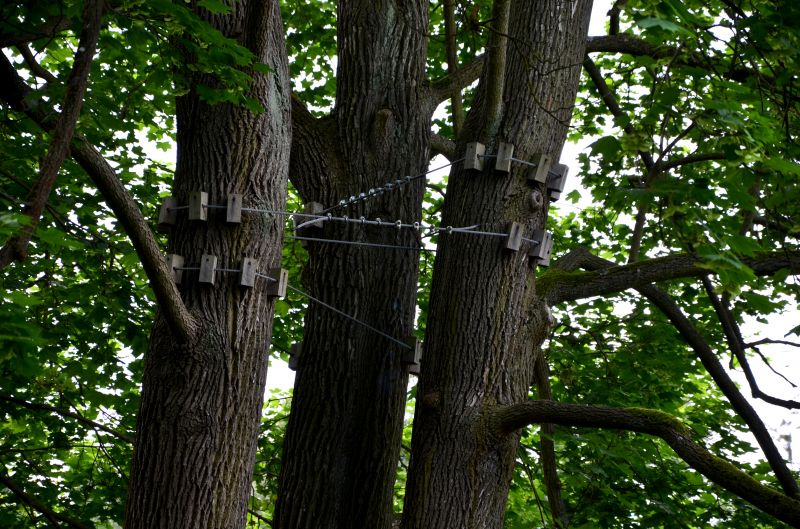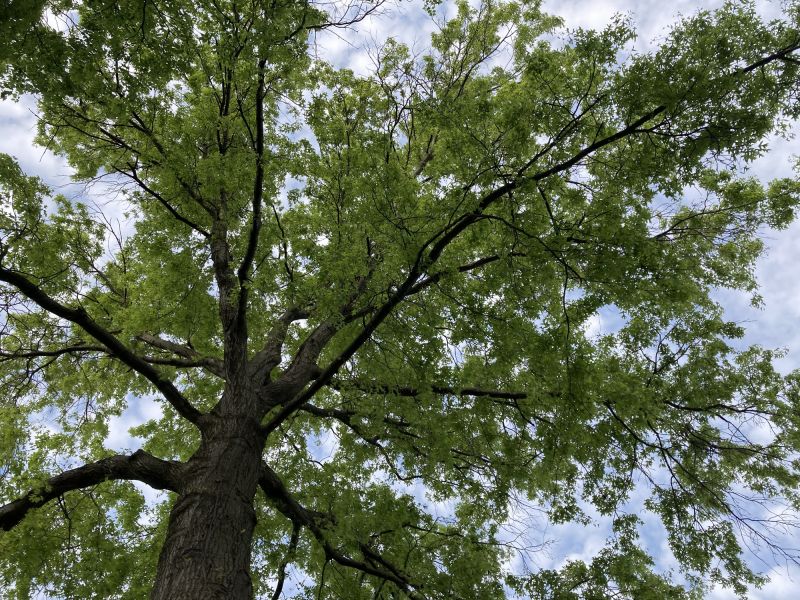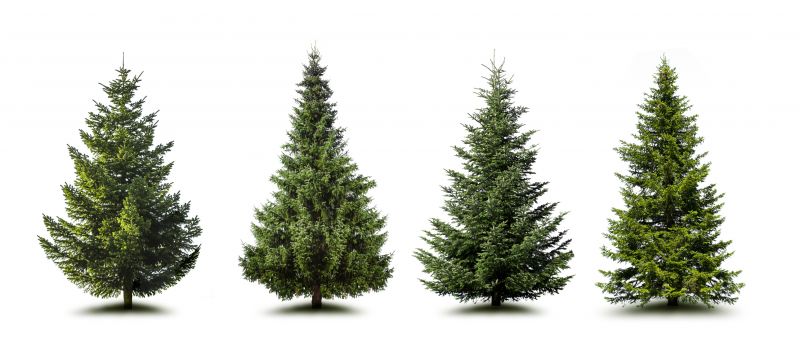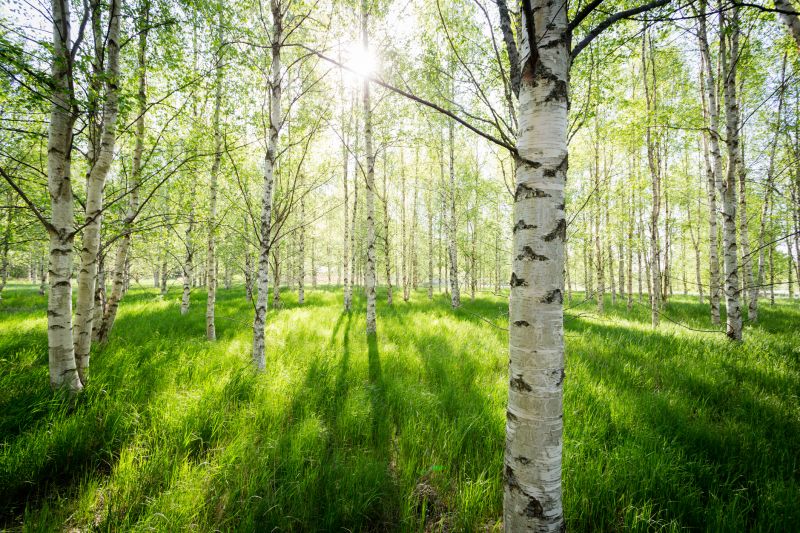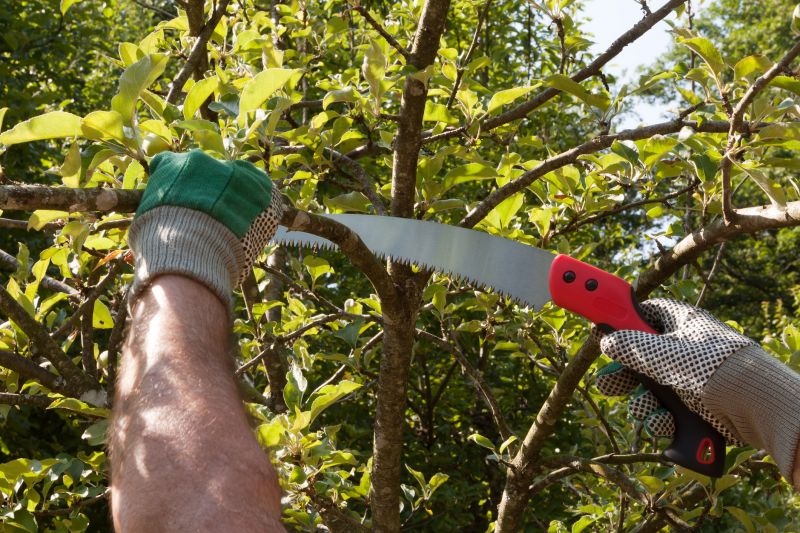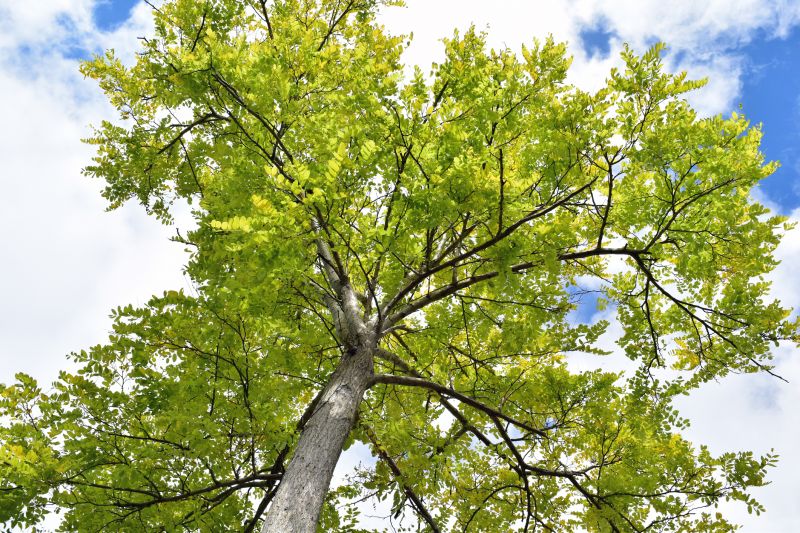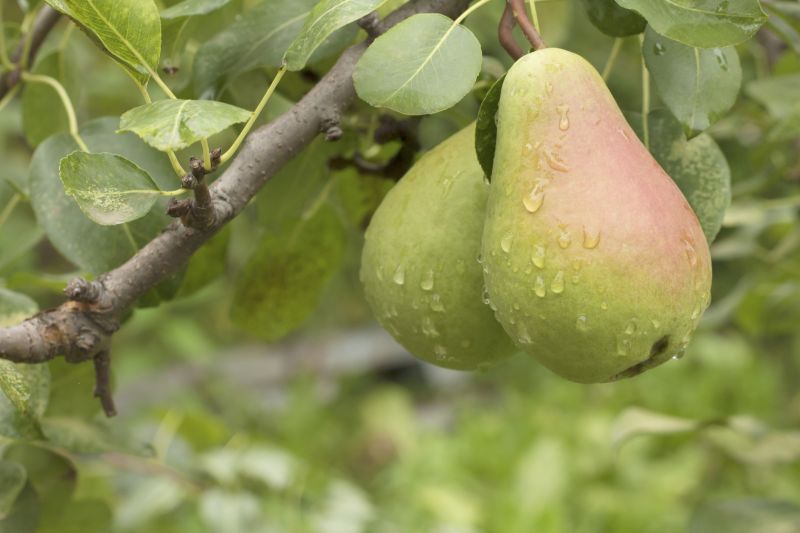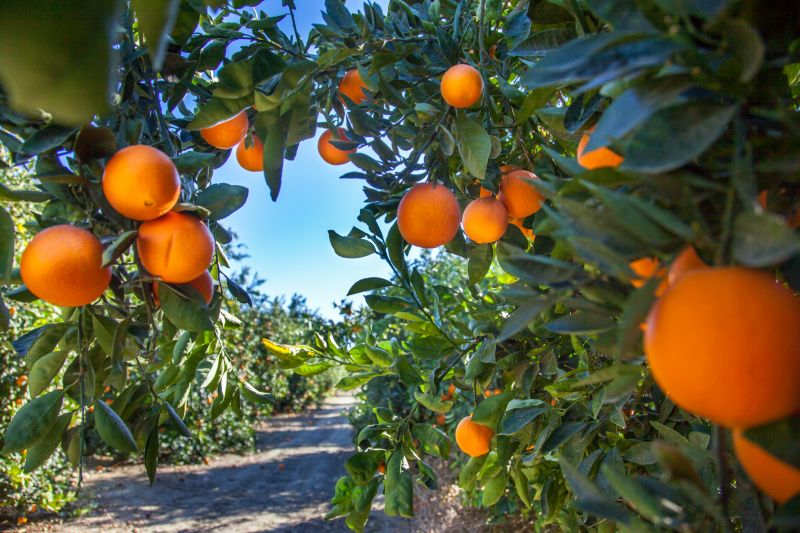
Tree Crown Sculpting | How To
Get help with your tree crown sculpting needs. Fill out the form above and we will connect you with local pros in your area. Tree crown sculpting, also known as tree crown shaping or tree crown trimming, is a professional technique used to enhance the aesthetic appeal and overall health of trees. This method involves carefully pruning and shaping the upper branches and foliage of a tree to create a more balanced and visually pleasing crown. By removing excess branches, deadwood, and diseased or damaged limbs, tree crown sculpting helps improve the tree's structure, allowing for better air circulation and sunlight penetration. This process is performed by skilled arborists who have extensive knowledge and experience in tree care. Tree crown sculpting is a valuable service for homeowners and property managers looking to maintain the beauty and vitality of their trees while promoting their long-term growth and sustainability.
How to Do Tree Crown Sculpting
Step 1: Assess the Tree
Before you start tree crown sculpting, carefully assess the tree's health and structure. Look for any diseased or damaged branches that may need to be removed.
Step 2: Gather the Required Tools
Make sure you have the necessary tools for tree crown sculpting. This may include pruning shears, loppers, a pruning saw, and safety equipment such as gloves and goggles.
Step 3: Plan the Sculpting
Take a moment to visualize how you want the tree crown to look after the sculpting process. Plan which branches to prune and how much to remove to achieve the desired shape.
Step 4: Start with Dead or Diseased Branches
Begin by removing any dead, diseased, or broken branches. These branches not only affect the tree's aesthetics but can also pose a risk to the tree's overall health.
Step 5: Thin Out the Crown
Thin out the crown by selectively removing some of the interior branches. This allows more light and air to reach the remaining branches, promoting healthier growth.
Step 6: Remove Crossed or Rubbing Branches
Identify any branches that are crossing or rubbing against each other. These branches can cause damage and should be pruned to maintain the tree's structure.
Step 7: Shape the Crown
Using your pruning tools, carefully shape the tree crown according to your desired vision. Make gradual cuts and step back periodically to assess the progress and ensure a balanced shape.
Step 8: Prune for Safety
Consider the safety of your surroundings when pruning the tree crown. Remove any branches that may pose a risk to nearby structures, power lines, or people.
Step 9: Clean Up and Maintenance
Once you have finished sculpting the tree crown, clean up any debris and dispose of it properly. Regularly inspect the tree for any new growth or pruning needs to maintain its shape.
Step 10: Seek Professional Help if Needed
If you are unsure about any aspect of tree crown sculpting or if the tree is particularly large or complex, it is always best to seek the assistance of a professional arborist.

